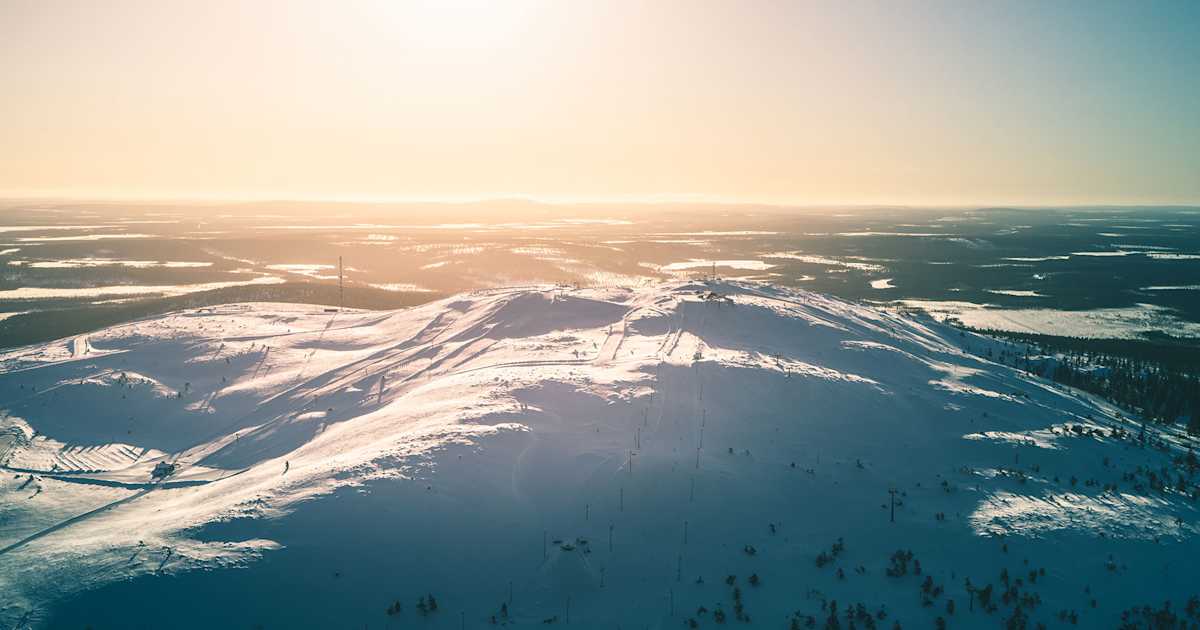jimk
Well-known member
I skied Cherokee once around 1990 or 91 The developer was not ski-savvy. Little investment was made in snowmaking or a decent base lodge.
Few trails ever opened. Parking was mid-mtn IIRC. The terrain was poor, flat up top, steep in lower areas. It was close to an interstate, but the elevation wasn't very high and temps were often mild. It closed after just two or three years of operation. Interesting article and comments on Cherokee HERE.
Snowshoe is a pretty interesting mountain, primarily for the large resort development at the top of a nearly 5k foot mtn. The top of Snowshoe has a feel like the base of ski areas out west that start at 5000' or higher. This makes for decent snowmaking conditions. But the ski terrain is not that much better than many mtns closer to Balt-Wash, where I was based. There are only two runs at Snowshoe that have the full 1500' vertical. The majority of the mtn skis much like smaller mtns closer to home, approx 800' vertical. It is about 4.5 hrs from DC and 5 from Balt. Lodging has always been kind of expensive there. I think it draws a fair number of guests from Atlanta, Nashville, Louisville and other points in the Southeast and mid-South, where it offers the best skiing reachable by a 6-8 hr car ride. I skied it in 1983 and 2001 for a few days each time.
Few trails ever opened. Parking was mid-mtn IIRC. The terrain was poor, flat up top, steep in lower areas. It was close to an interstate, but the elevation wasn't very high and temps were often mild. It closed after just two or three years of operation. Interesting article and comments on Cherokee HERE.
Snowshoe is a pretty interesting mountain, primarily for the large resort development at the top of a nearly 5k foot mtn. The top of Snowshoe has a feel like the base of ski areas out west that start at 5000' or higher. This makes for decent snowmaking conditions. But the ski terrain is not that much better than many mtns closer to Balt-Wash, where I was based. There are only two runs at Snowshoe that have the full 1500' vertical. The majority of the mtn skis much like smaller mtns closer to home, approx 800' vertical. It is about 4.5 hrs from DC and 5 from Balt. Lodging has always been kind of expensive there. I think it draws a fair number of guests from Atlanta, Nashville, Louisville and other points in the Southeast and mid-South, where it offers the best skiing reachable by a 6-8 hr car ride. I skied it in 1983 and 2001 for a few days each time.




